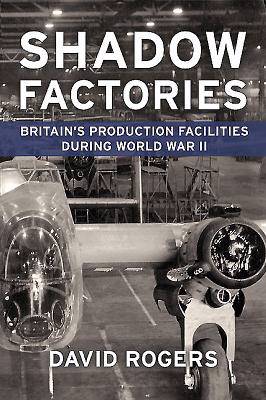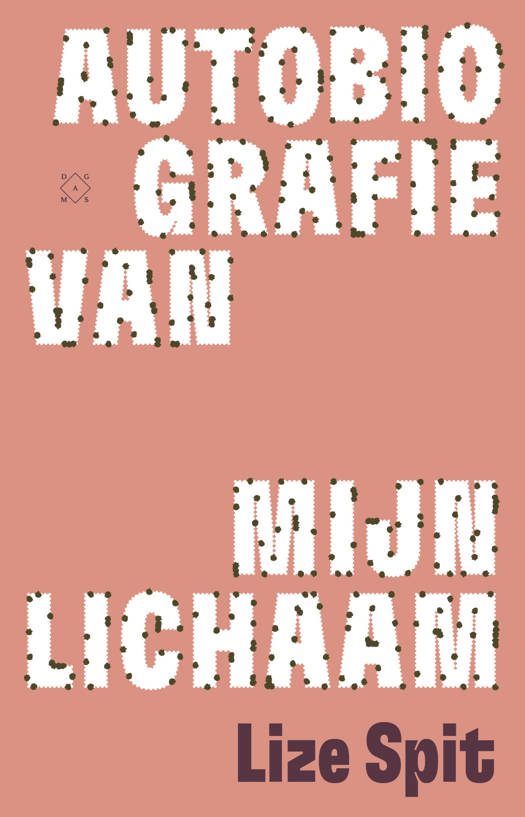
Bedankt voor het vertrouwen het afgelopen jaar! Om jou te bedanken bieden we GRATIS verzending (in België) aan op alles gedurende de hele maand januari.
- Afhalen na 1 uur in een winkel met voorraad
- Gratis thuislevering in België
- Ruim aanbod met 7 miljoen producten
Bedankt voor het vertrouwen het afgelopen jaar! Om jou te bedanken bieden we GRATIS verzending (in België) aan op alles gedurende de hele maand januari.
- Afhalen na 1 uur in een winkel met voorraad
- Gratis thuislevering in België
- Ruim aanbod met 7 miljoen producten
Zoeken
Shadow Factories
Britain's Production Facilities and the Second World War
David Rogers
Paperback | Engels
€ 27,95
+ 55 punten
Omschrijving
Wartime is costly. Whilst the human cost is a burden which remains part of our every waking thoughts for many years after the end of the conflict, the physical cost, at least in some cases, is easier to deal with. Some, if not most of the physical cost of war, is spent in the constant supply of materials including armaments and machines to the troops - wherever they happen to be fighting. Of course the Services have always needed supplies of uniforms, equipment and machines. However, the rate of expansion of the Services and the rate of consumption of armaments increases dramatically in wartime. Pre-war traditional manufacturers simply could not cope with the sudden increase in orders. The only solution was to fabricate what was needed, in the Second World War at least, in additional factories. Shadow Factories was the term used to describe the use of third party factories and equipment used to manufacture components or complete units which were then passed on to the Services. These units could be anything from tanks, parts of aircraft to small pumps or rifles. The list was almost endless. Clearly it would be impossible to walk into the nearest engineering shop and expect them to manufacture heavy components. The railway yards were used to dealing with heavy blocks of metals and so they were approached to help with heavier vehicles such as tanks. Similarly the motor manufacturers were asked to help out with producing trucks and jeeps, for example. Of course this need necessitated formal contracts, and as far as possible discretion so that the German bombers could not locate and destroy vital sources of supplies. In some cases, such was the level of secrecy that components for aircraft for example, were fabricated in a number of shadow factories and assembled in a different location. In that way the exact engineering drawings could be more easily controlled and a stray bomb would only destroy part of the plans and planes. Where relevant, examples are provided from across the United Kingdom and cover an extensive range of machines and vehicles. Some details will also be provided concerning armament shells, some of which were made in one site and filled in other facilities. The government departments were certainly kept busy keeping track of it all!
Specificaties
Betrokkenen
- Auteur(s):
- Uitgeverij:
Inhoud
- Aantal bladzijden:
- 240
- Taal:
- Engels
Eigenschappen
- Productcode (EAN):
- 9781910294468
- Verschijningsdatum:
- 19/01/2016
- Uitvoering:
- Paperback
- Formaat:
- Trade paperback (VS)
- Afmetingen:
- 155 mm x 231 mm
- Gewicht:
- 453 g

Alleen bij Standaard Boekhandel
+ 55 punten op je klantenkaart van Standaard Boekhandel
Beoordelingen
We publiceren alleen reviews die voldoen aan de voorwaarden voor reviews. Bekijk onze voorwaarden voor reviews.












